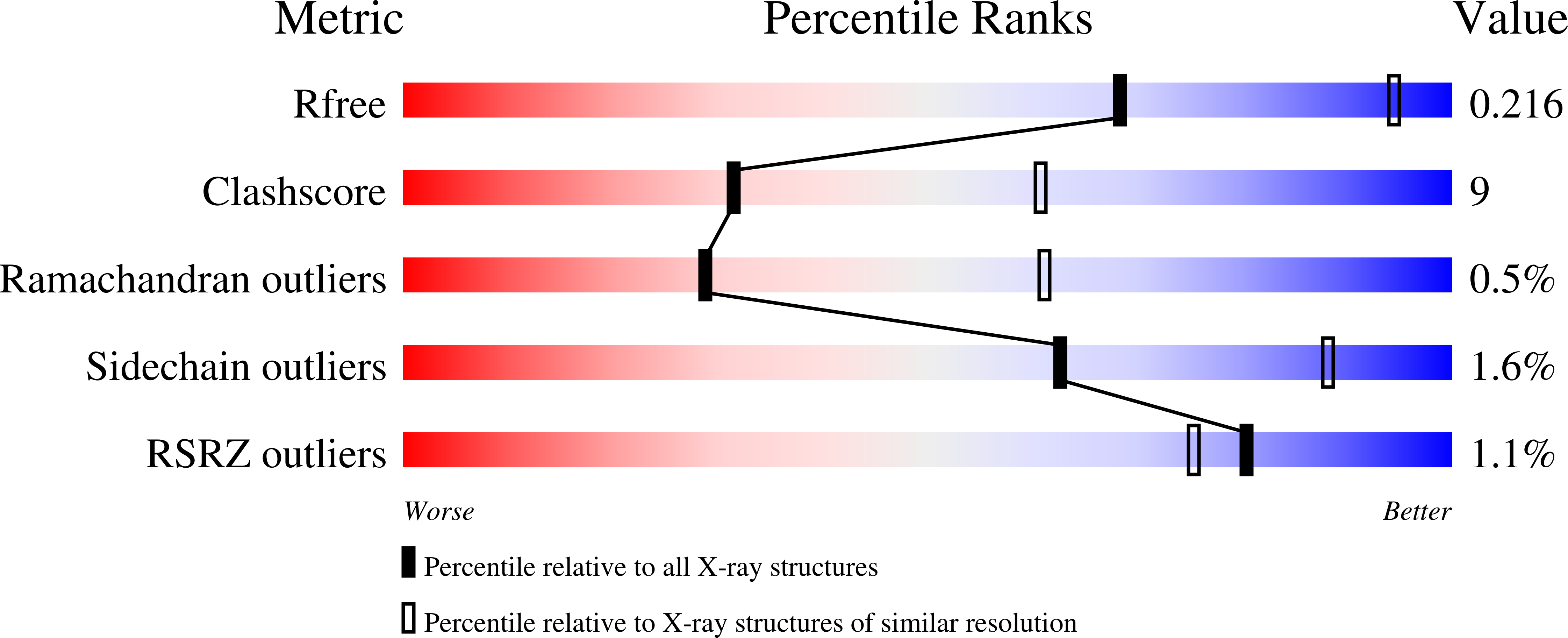
Deposition Date
2002-08-06
Release Date
2003-02-25
Last Version Date
2024-02-14
Entry Detail
PDB ID:
1MCZ
Keywords:
Title:
BENZOYLFORMATE DECARBOXYLASE FROM PSEUDOMONAS PUTIDA COMPLEXED WITH AN INHIBITOR, R-MANDELATE
Biological Source:
Source Organism:
Pseudomonas putida (Taxon ID: 303)
Host Organism:
Method Details:
Experimental Method:
Resolution:
2.80 Å
R-Value Free:
0.22
R-Value Work:
0.2
Space Group:
P 1 21 1


